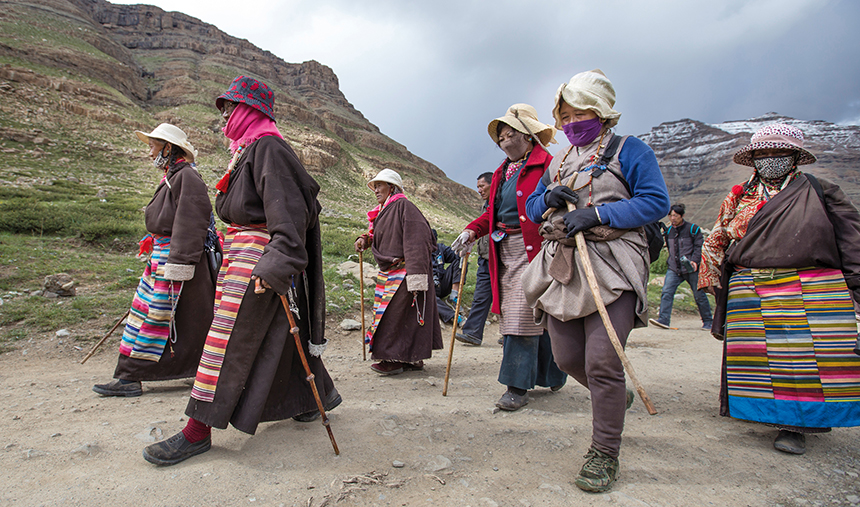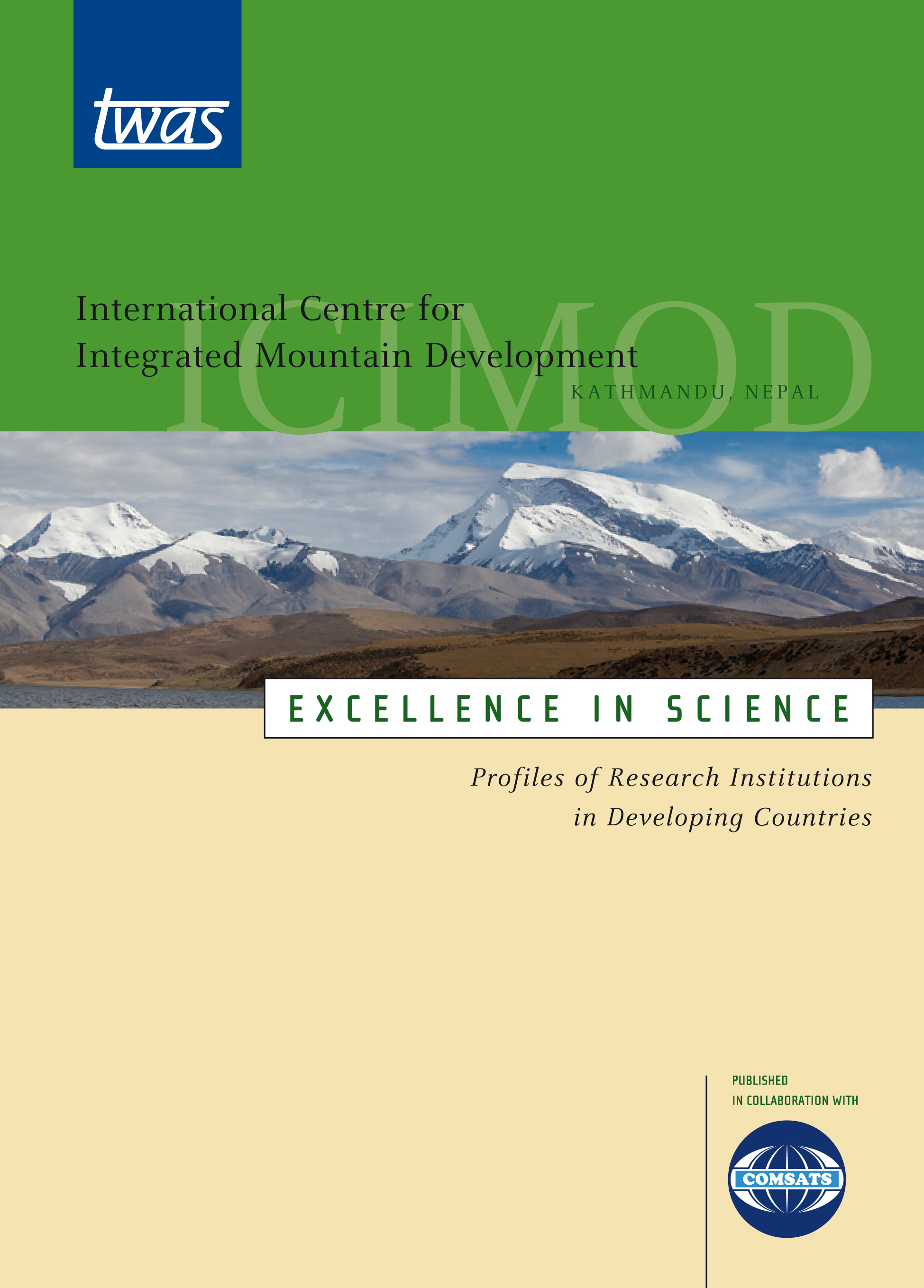
Landscapes are not bound by national borders, and the Himalayas are a colossal landscape that stretches almost the full breadth of Asia, from the world's highest peaks to sprawling cities, fertile plains, jungles and river deltas. In order for researchers to understand the mountains' influence, many countries had to come together in the interest of strong science and the mutual prosperity of their citizens.
 The result was The International Centre for Integrated Mountain Development, or ICIMOD, based in Kathmandu, Nepal. Founded in 1983, the intergovernmental centre is the combined creation of eight countries in the Hindu Kush Himalayas – Afghanistan, Bangladesh, Bhutan, China, India, Myanmar, Nepal and Pakistan. With more than 300 employees, it represents the power of international collaboration and science diplomacy, building extensive and detailed knowledge of the Himalayas and the rivers that flow thousands of kilometers from high-mountain glaciers to the Indian and Pacific Ocean.
The result was The International Centre for Integrated Mountain Development, or ICIMOD, based in Kathmandu, Nepal. Founded in 1983, the intergovernmental centre is the combined creation of eight countries in the Hindu Kush Himalayas – Afghanistan, Bangladesh, Bhutan, China, India, Myanmar, Nepal and Pakistan. With more than 300 employees, it represents the power of international collaboration and science diplomacy, building extensive and detailed knowledge of the Himalayas and the rivers that flow thousands of kilometers from high-mountain glaciers to the Indian and Pacific Ocean.
ICIMOD's far-reaching impact is captured in a new monograph – the latest in the TWAS Excellence in Science series. Published with support from COMSATS, the Commission on Science and Technology for Sustainable Development in the South, it is the 13th book in a series that debuted in 2007. It explores the broad range of ICIMOD's history, work and challenges, from efforts to help nations address flooding and climate change to providing essential help in response to 2015’s devastating earthquake in Nepal. The book was written by journalist Giovanni Ortolani of Trieste, Italy, with images by Italian photographer Paola di Bella.
During the earthquake crisis, the centre provided sophisticated analysis of satellite images to help rescue teams identify damaged villages and roadways in remote mountain areas, and to pinpoint landslides that could impede the rescuers. The ICIMOD web page became a source of maps, data and other information to support rescue and relief efforts.
All of the centre's work is intertwined with science diplomacy – researchers, policymakers and diplomats working together for better science and stronger international bonds. “We picture ourselves as spanning a gap between people who are producing basic science, like universities, and people who need that information, like practitioners and policymakers,” says ICIMOD Director General David James Molden.
“ICIMOD takes a holistic view of science,” says Bai Chunli, president of TWAS and the Chinese Academy of Sciences (CAS), in the book’s foreward. “It understands that knowledge about the atmosphere and the Earth’s tectonic plates – and everything in between – can help to support the health and sustainable prosperity of human communities.”
Bai adds: “For that reason, ICIMOD offers experience and insight to mountain regions all over the world. Indeed, its ability to assemble innovative projects and mobilize resources, its commitment to international cooperation and its record of bringing real benefits to people and their communities make ICIMOD a model for science centres worldwide.”
To request a copy of the book without cost, please email info@twas.org
As a member of ICIMOD, the Chinese Academy has had a long relationship with the Centre. When the earthquake struck, Bai offered resources from CAS and two CAS-TWAS Centres of Excellence to provide support, quickly sending a Chinese team to Nepal to work with ICIMOD and evaluate potential hazards such as landslides.
ICIMOD organizes numerous regional programmes that include three countries or more. One is an effort to encourage ecotourism on the Holy Mount Kailash area, a region on the border between China, Nepal, and India, by setting guidelines for regional tour operators to prevent problems such as littering. Another is a mentorship programme that allows researchers from the region to meet twice a year to deepen their knowledge about this landscape. They in turn develop solutions for sustainable management of its ecosystem.
The Hindu Kush Himalayas also provide water and determine the air quality for the surrounding areas. This makes ICIMOD’s work on glacial and atmospheric sciences particularly important, and their Cryosphere and Atmosphere Programme directly seeks to create more knowledge in those critical fields.
And the book explores how ICIMOD strengthens international cooperation through research. For example, Molden says in the book, areas such as water management are politically more difficult to discuss than others, yet ICIMOD still works to engage different nations on these sensitive issues.
“In a way we don’t tackle that directly,” he explains. “We work around, we try to find scientific information and deal with topics like the cryosphere and disaster risk reduction, where everybody will have an interest in reducing the damage from floods, so that is a conversation we can have. It’s easier. But we recognize it is science for diplomacy, and I do feel very much a diplomat many times.”

